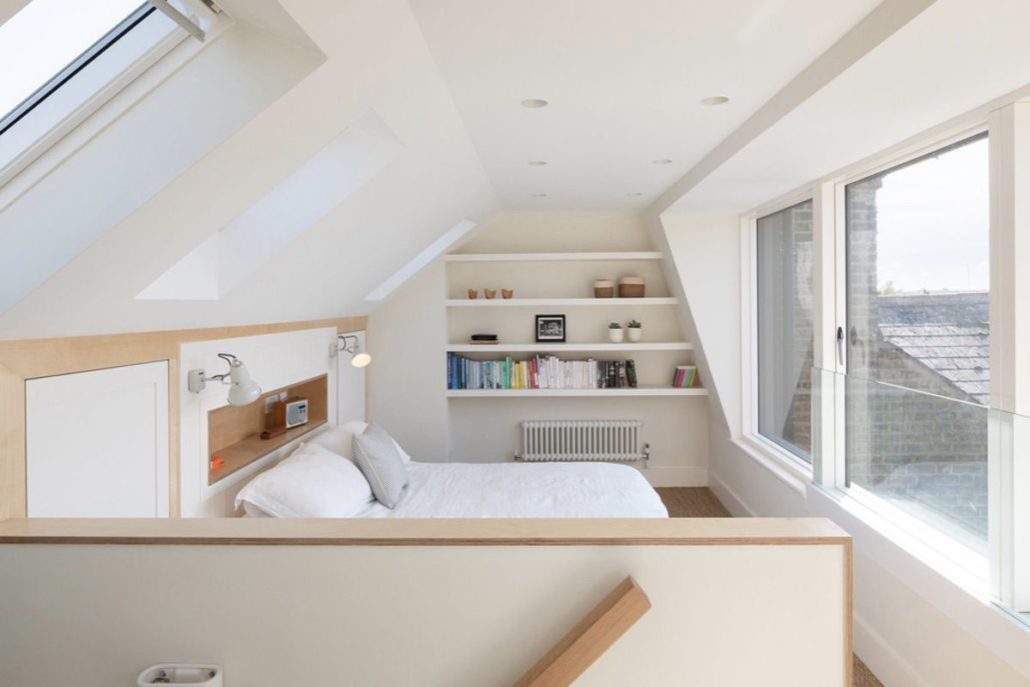Do you know that up to 25% of the heat in your indoor space escapes through the roof? Because you have already paid your energy bills and still lost a significant amount of heat, it is crucial to insulate your loft.
Installing loft insulation is a pretty straightforward and cost-effective way to improve energy efficiency. Not only will loft insulation reduce heat loss year after year, but you will also save thousands of pounds over time.
Loft insulation creates even and comfortable temperature levels in your home. It keeps your indoor space without using a lot of energy. Loft insulation is also eco-friendly because it cuts down your Co2 emissions.
What thickness of insulation do you need for a loft conversion? In today’s article, we will answer this question and give some more details. Read on!
Choose the Right Material and Thickness
Loft insulation is an excellent idea if your indoor space has an accessible loft with no condensation or damp issues. A contractor will lay insulation between and over the joists of the ceiling. However, choosing a suitable insulation material is wise because it acts as a barrier and prevents the heat from escaping your house through the roof.
There are three primary types of roof insulation: quilts, blown insulation, and insulation boards. Mineral wool and natural wool are the most common material uses for insulating accessible lofts. If you want to use quilts, you will need to top up at least 15cm thick insulation for maximum energy efficiency.
If you choose blown insulation, you can use cellulose or mineral wool material for your loft. Bear in mind that the blown insulation is suitable for both lofts with normal and difficult access. Make sure to section off the insulation in a normal loft to prevent it from blowing everywhere.
You will need to up at least 20cm thick insulation for maximum energy efficiency. Moreover, insulation boards are expanded or extruded polystyrene or foam products that you can use for a flat roof or loft that requires a hard surface for storage space.
It is crucial to insulate your water tank, pipes, and loft hatch. Remember, insulating your loft keep your house warmer and make the roof space above colder. Pipes and takes would freeze without their own insulation, and an uninsulated loft hatch can cause cold draughts in the indoor space. However, you must not insulate underneath the water tank because it can freeze the water.
Final Words
Using a professional insulation installer makes insulating your loft easy, simple, reliable, and cost-effective. It takes a couple of hours for a professional installer to insulate the loft of a three-bedroom semi-detached house. You also won’t have to worry about the mess because a professional and reputable installation company will clean up the mess. Therefore, hiring a reputable installer is a wise and informed decision if you want to get the most out of your loft insulation.

